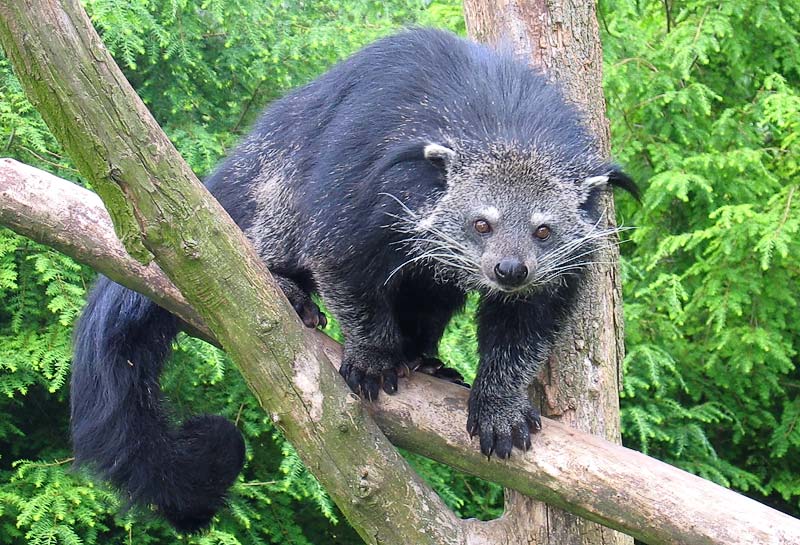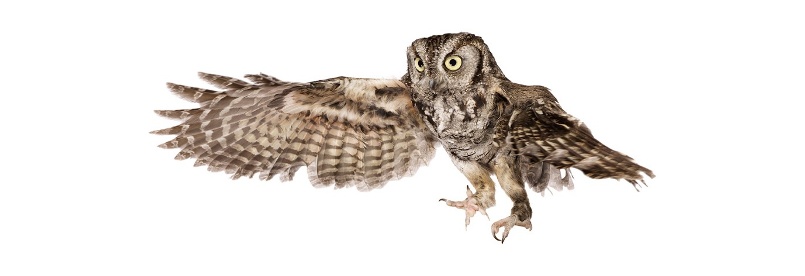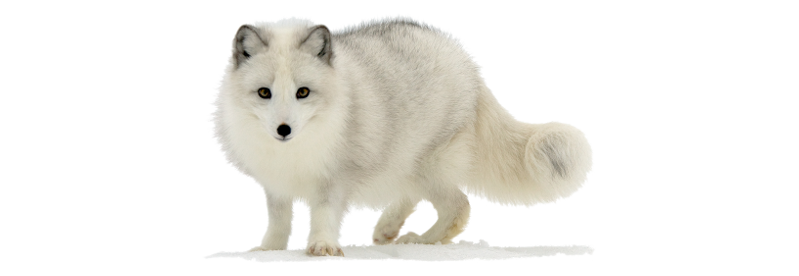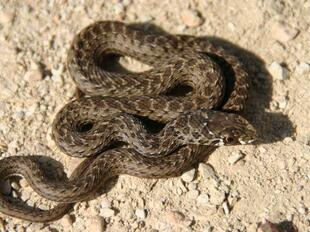
Binturong, or Bearcat, or Palawan binturong(Arctictis binturong)
Phylum —chordata
Class — mammalia
Order — carnivora
Family — viverridae
Genus –arctictis
There are 6 subspecies of Binturong:
- A. binturong binturong
- A. binturong albifrons
- A. binturong kerkhoveni
- A. binturong menglaensis
- A. binturong penicillatus
- A. binturong whitei
Appearance
The Binturong is long and heavy, with short, stout legs. It has a thick coat of coarse black hair. The bushy and prehensile tail is thick at the root, gradually tapering, and curls inwards at the tip. The muzzle is short and pointed, somewhat turned up at the nose, and is covered with bristly hairs, brown at the points, which lengthen as they diverge, and form a peculiar radiated circle round the face. The eyes are large, black and prominent. The ears are short, rounded, edged with white, and terminated by tufts of black hair. The hair on the legs is short and of a yellowish tinge. The feet are five-toed, with large strong claws; the soles are bare, and applied to the ground throughout the whole of their length; the hind ones are longer than the fore.
The tail is nearly as long as the head and body, which ranges from 71 to 84 cm (28 to 33 in); the tail is 66 to 69 cm (26 to 27 in) long. Some captive Binturongs measured from 76 cm (2 ft 6 in) to 91 cm (3 ft) in head and body with a tail of 71 cm (2 ft 4 in). Mean weight of captive adult females is 21.9 kg (48 lb) with a range from 11 to 32 kg (24 to 71 lb). Captive animals often weigh more than wild counterparts.
Habitat
The Binturong has a widespread range, from Bangladesh and north-eastern India to south-east Asia, including Guangxi and Yunnan in China, to Thailand, Indonesia, Malaysia and the Philippines.
Behavior
Binturongs are generally solitary and nocturnal animals, spending the majority of their time moving slowly and cautiously in the treetops. They are excellent climbers, but because of their large size they are not able to leap between trees, and therefore have to descend to the ground to move from one tree to another. They can also swim and dive well, often spending time in water to cool off when the weather is hot. Although they are usually solitary, small groups of these animals are not uncommon, usually consisting of a male and female pair and their young. In such a group, the female is the dominant adult. This species is very vocal and can make a range of sounds, both to communicate and to issue a warning to species that it considers as a threat. Chuckling sounds seem to indicate that they are happy and a high-pitched wail means that they are aggravated.
Diet
Binturongs are primarily frugivorous, eating fruits including that of the strangler fig tree. They also eat birds, fish, eggs, rodents, invertebrates, shoots, leaves, and carrion, and so can be classed as omnivorous.
Reproduction
It has been observed that the father in a mated pair remains with the mother and their young after birth, suggesting a monogamous system. However, males do not always stay to help raise the young. A reproductive season for this species does not seem likely, because mating takes place throughout the year. However, there is an increase in the birth rate between January and March, which is possibly due to delayed implantation. The gestation period is 91 days, and usually 2 young are born, but there can be as many as 6. Young stay hidden amongst their mother’s fur during the first few days. They are weaned at around 6 to 8 weeks. The females are sexually mature at about 30 months old and males at about 28 months.
Binturongs can live up to 18 years in the wild and can live over 25 years in captivity.
In captivity
Often Binturongs are kept as pets, they are easily tamed and trusting animals.
Be sure to get a spacious cage and let the animal go around the house only in your presence. Binturongs are very curious and intelligent. They are able to open any doors and drawers, even the latch is not a problem for them.
The Binturong's prehensile tail can serve as a leash. When you take the animal for a walk, it will firmly squeeze your hand.
Binturongs that live in captivity emit a wide range of sounds: squeaking, howling and grumbling. When the animal feels comfortable it makes sounds similar to a giggle, and when irritated-it screams loudly.
Binturongs are very smart animals and easy to train. They can be taught many orders and go to the toilet.
The main food in captivity is fruits, berries and some vegetables - apples, melons, grapes, pears, kiwis, mangoes, avocados, oranges, grapefruits, nectarines, peaches, cherries, tomatoes. Their favorites: bananas and mangoes. They have a sweet tooth and eat cupcakes, marshmallows, pies with apples and drink milkshakeswith great pleasure. At the same time, the blood sugar level of the Binturong raises sharply, which leads to jumping and running erratically. All this is accompanied by manic grimaces and lasts for at least an hour, after which the animal lies down and instantly falls asleep. That`s why giving sweets is constantly harmful for the animal. Sugar influences on them like a drug. In addition to fruit, from time to time it is necessary to give protein food to Binturong: fresh fish or poultry meat and eggs. Meat can be given both raw and cooked. You can also give live mice and rats. In hot weather, Binturongs eat mostly fruit. If it is cold, the proportion of meat in the diet increases.
 Russian
Russian
 English
English
























